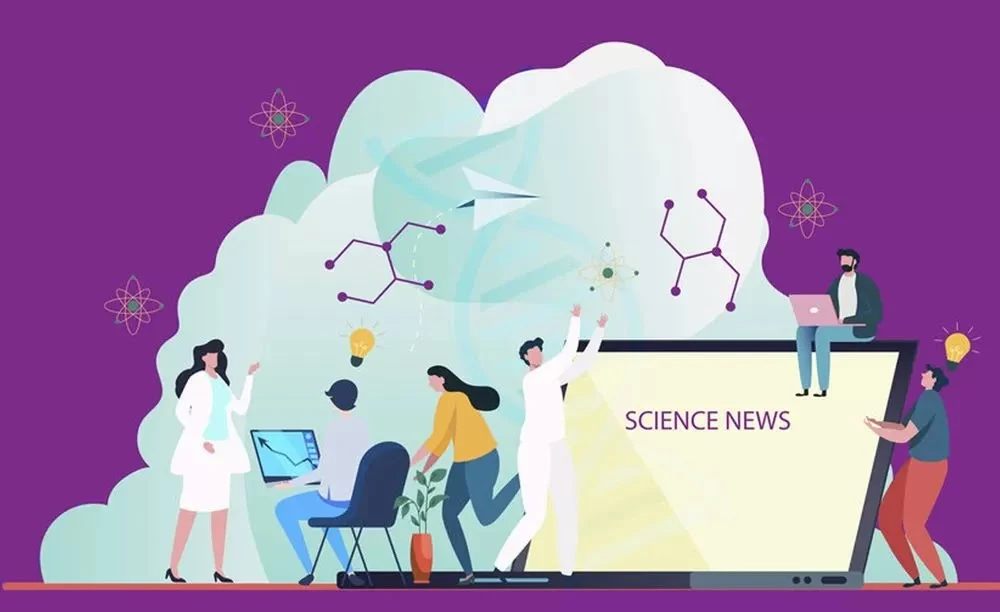Distance Education A Flexible Path to Learning
Distance education courses have revolutionized the way people learn. These flexible programs offer a convenient and accessible alternative to traditional classroom-based education.
The Rise of Distance Education
Distance education, often referred to as online learning or e-learning, has gained significant popularity in recent years. With advancements in technology, distance education courses have become more accessible and interactive than ever before.
Benefits of Distance Education Courses
- Flexibility: Distance education courses offer unparalleled flexibility, allowing learners to balance their studies with work, family, and other commitments.
- Accessibility: Geographical barriers are no longer an obstacle. Distance education courses are accessible to learners from all over the world.
- Self-Paced Learning: Learners can progress at their own pace, allowing them to delve deeper into subjects of interest or move quickly through less challenging material.
- Diverse Learning Styles: Distance education cater to a variety of learning styles, including visual, auditory, and kinesthetic learners.
- Cost-Effective: Distance education courses often have lower tuition fees and eliminate costs associated with commuting and accommodation.
Types of Distance Education
- Online Courses: These courses are entirely delivered online, utilizing platforms like Moodle, Canvas, or Blackboard.
- Blended Learning: This approach combines traditional classroom instruction with online learning components.
- Correspondence Courses: These courses involve traditional methods like printed materials and postal services.
- Hybrid Learning: This model blends online and face-to-face instruction, offering a hybrid learning experience.
Challenges of Distance Education Courses
While distance education courses offer numerous benefits, they also present certain challenges:
- Self-Discipline: Learners must possess strong self-discipline to stay motivated and manage their time effectively.
- Technical Issues: Technical difficulties can hinder the learning process, especially for those with limited access to reliable internet connections or devices.
- Lack of Social Interaction: Distance education can limit social interaction, which is crucial for many learners.
Tips for Success in Distance Education
- Create a Dedicated Study Space: A designated study space can help you focus and minimize distractions.
- Develop a Study Schedule: Create a realistic study schedule and stick to it.
- Utilize Available Resources: Take advantage of online resources, libraries, and tutoring services.
- Participate Actively: Engage in online discussions, forums, and group projects.
- Seek Support: Don’t hesitate to reach out to your instructor or classmates for help and support.
Distance education have transformed the landscape of higher education. By offering flexibility, accessibility, and a variety of learning options, distance education empowers learners to achieve their academic and professional goals.…











64be9b29b5881.jpg)




